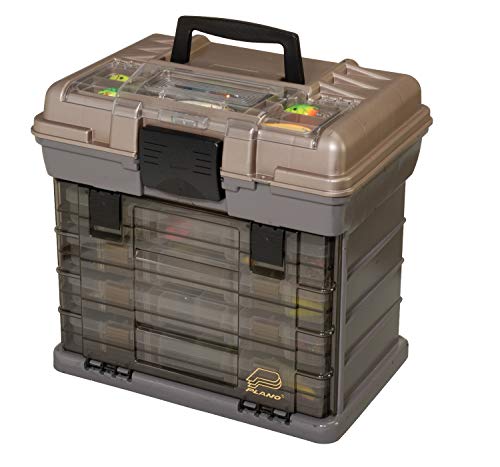I had a trolling motor given to me and now i need to know what to do to get the thing running. I have a 1999 Motorguide 67lbs Brute. It is a bowmount with foot control. It has a switch on the foot control in which you can change between 12v and 24v. what do i need. What battery, i really want to buy 1 battery not 2. How long will it run, on average. what kind of extras i need to charge it, circuit breakers, etc. As you can see i am clueless.
Thanks in advance
Thanks in advance













































